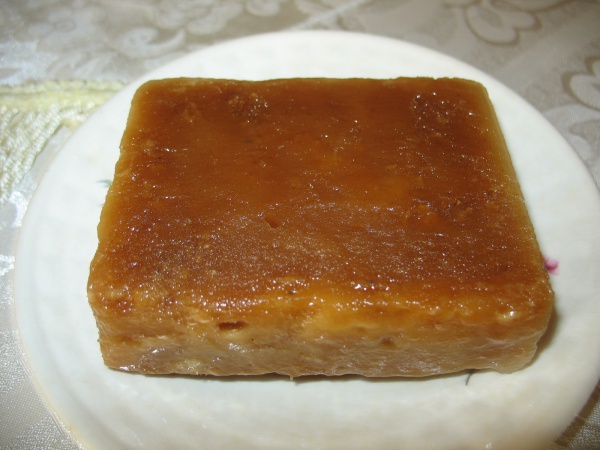Facts About Aguapanela
Aguapanela, also known as agua de panela or agüepanela, is a cherished traditional drink enjoyed across South America, parts of Central America, and the Caribbean. This refreshing beverage is made by dissolving panela, a solid form of sugar cane juice, in water. It's particularly popular in countries like Colombia, Venezuela, and Brazil, where it's often consumed as a tea substitute. Variations of aguapanela can also be found in Ecuador, Chile, and Peru.
Preparing aguapanela is straightforward: simply dissolve chunks of panela in water. It can be enjoyed hot or cold, and many people prefer to add a splash of lemon or lime for additional flavor. In some regions, the hot version is enriched with milk or even cheese. In Colombia, it's not uncommon to use aguapanela as a base for a cup of black coffee instead of water and sugar. In Costa Rica, a similar drink called agua dulce is made by mixing panela with hot water or milk, typically enjoyed at breakfast.
In addition to its delicious taste, aguapanela is often praised for its health benefits. Some claim it has more vitamin C than orange juice and contains rehydrating minerals similar to those found in sports drinks. It's also considered a trusted remedy for colds. Notably, in Colombia, aguapanela has transitioned from a working-class staple to a trendy option in upscale cafes, where it's served as an elegant tea alternative.
For those who enjoy a bit of a kick, there's canelazo, an alcoholic variation of aguapanela. This version includes cinnamon and aguardiente, a local liquor, and is often served with a sugared rim for an extra touch of sweetness.

 Peru
Peru